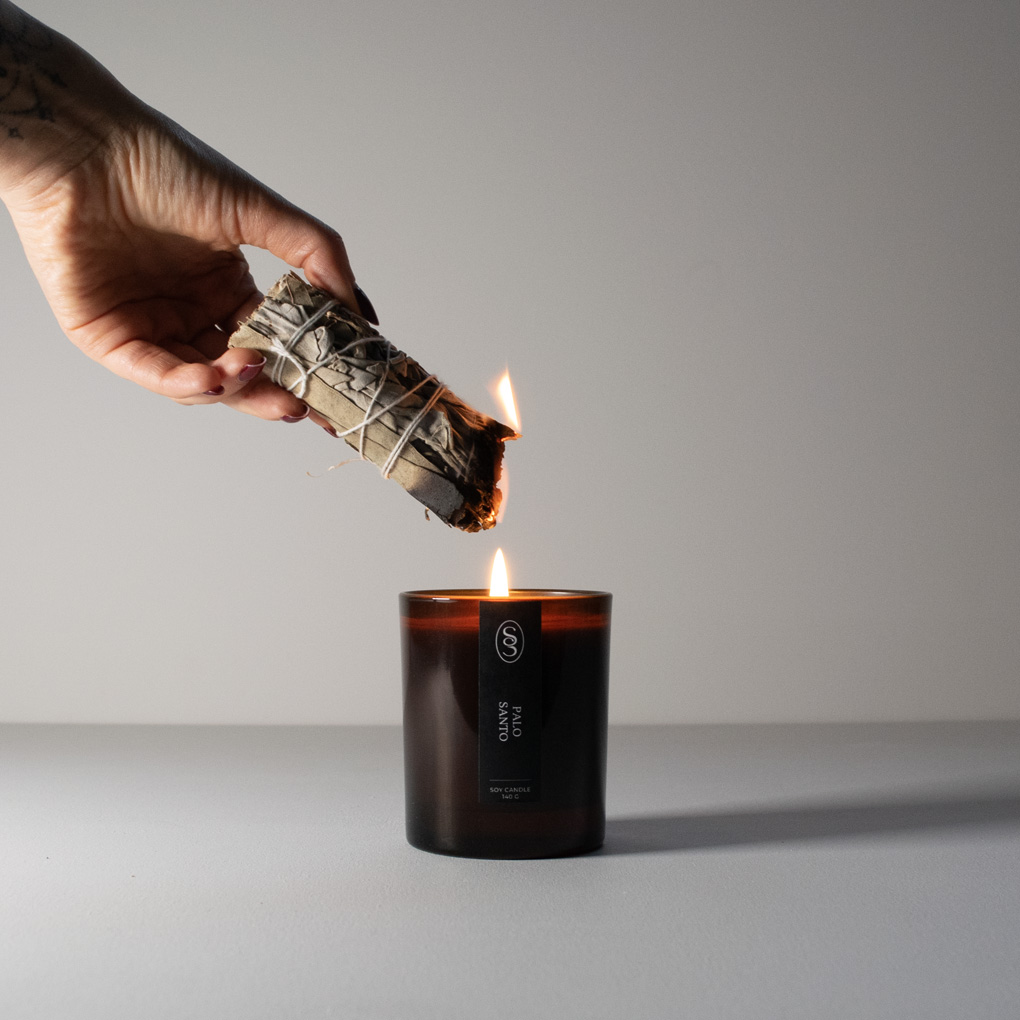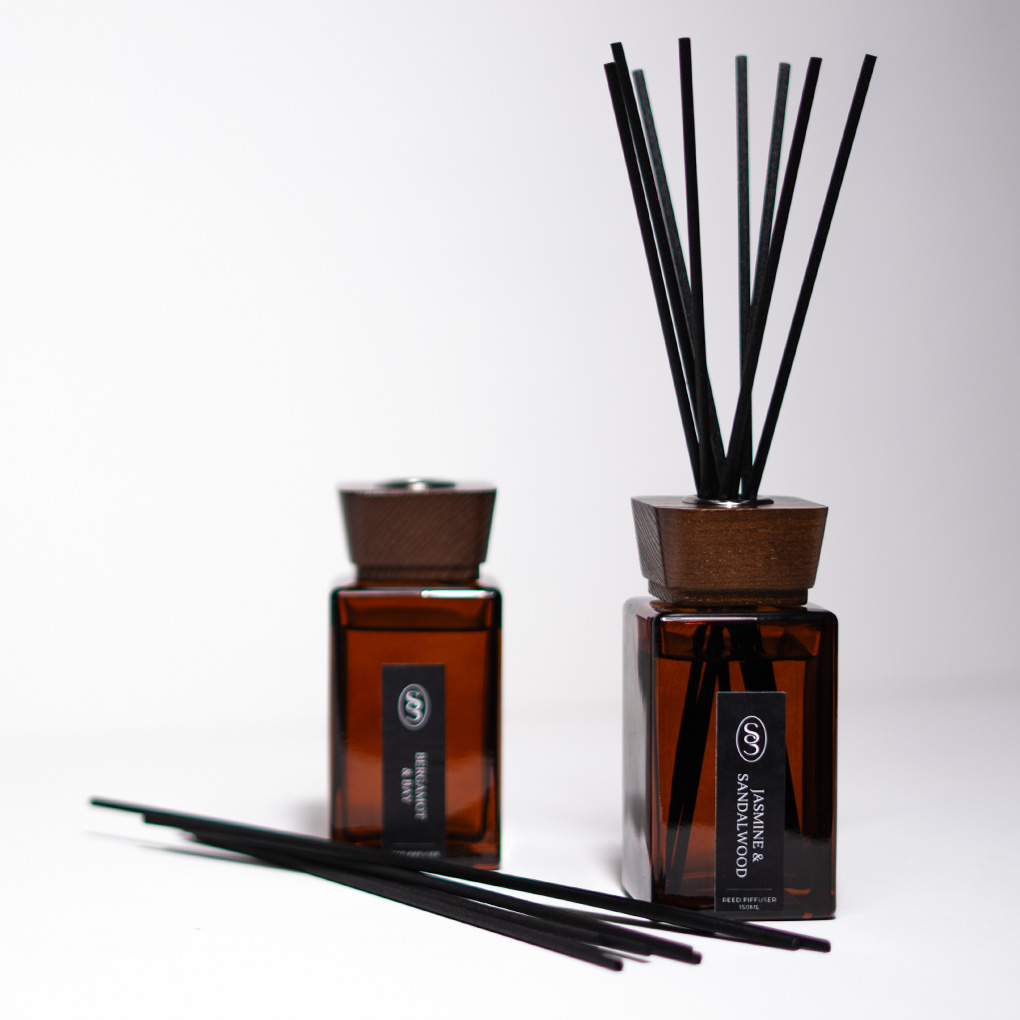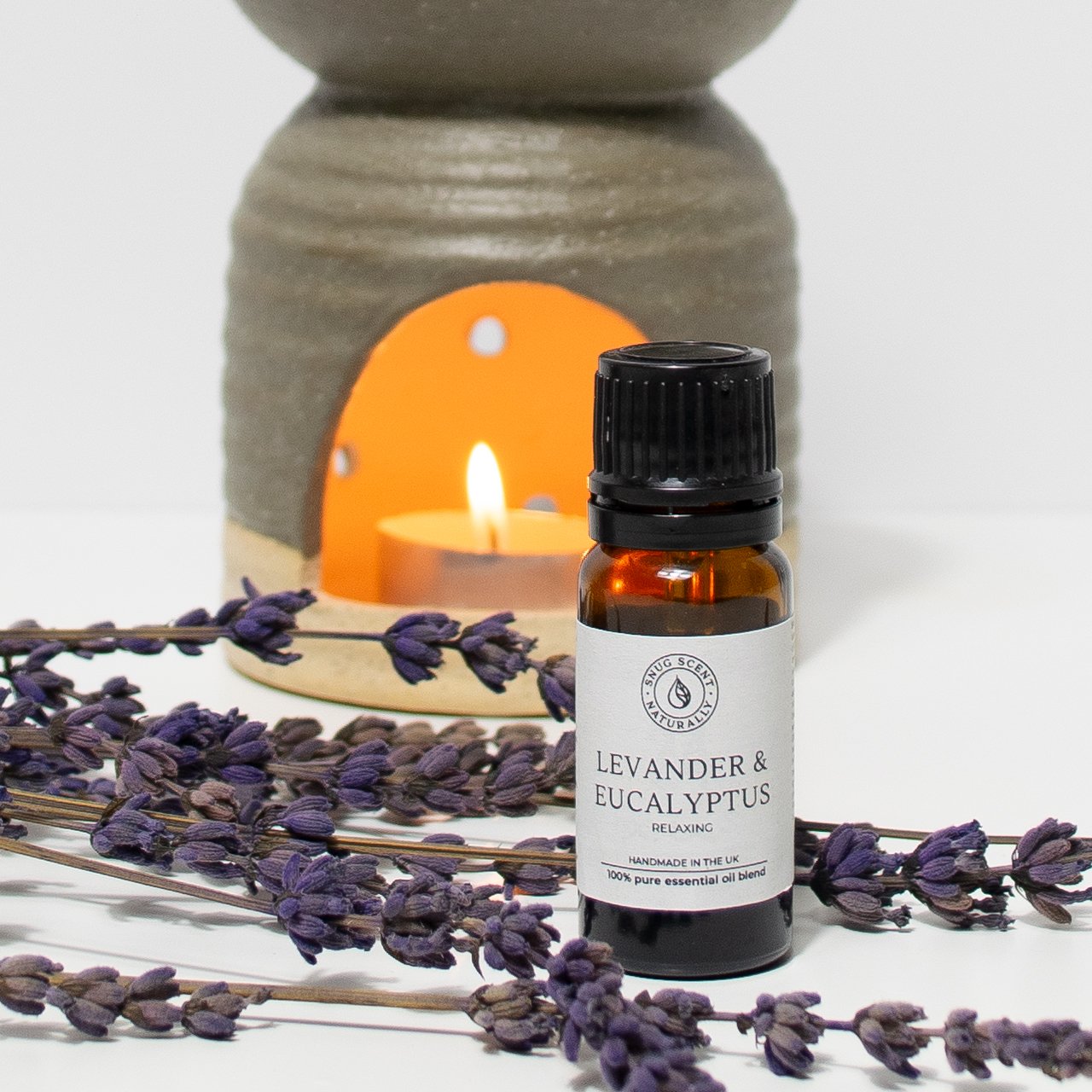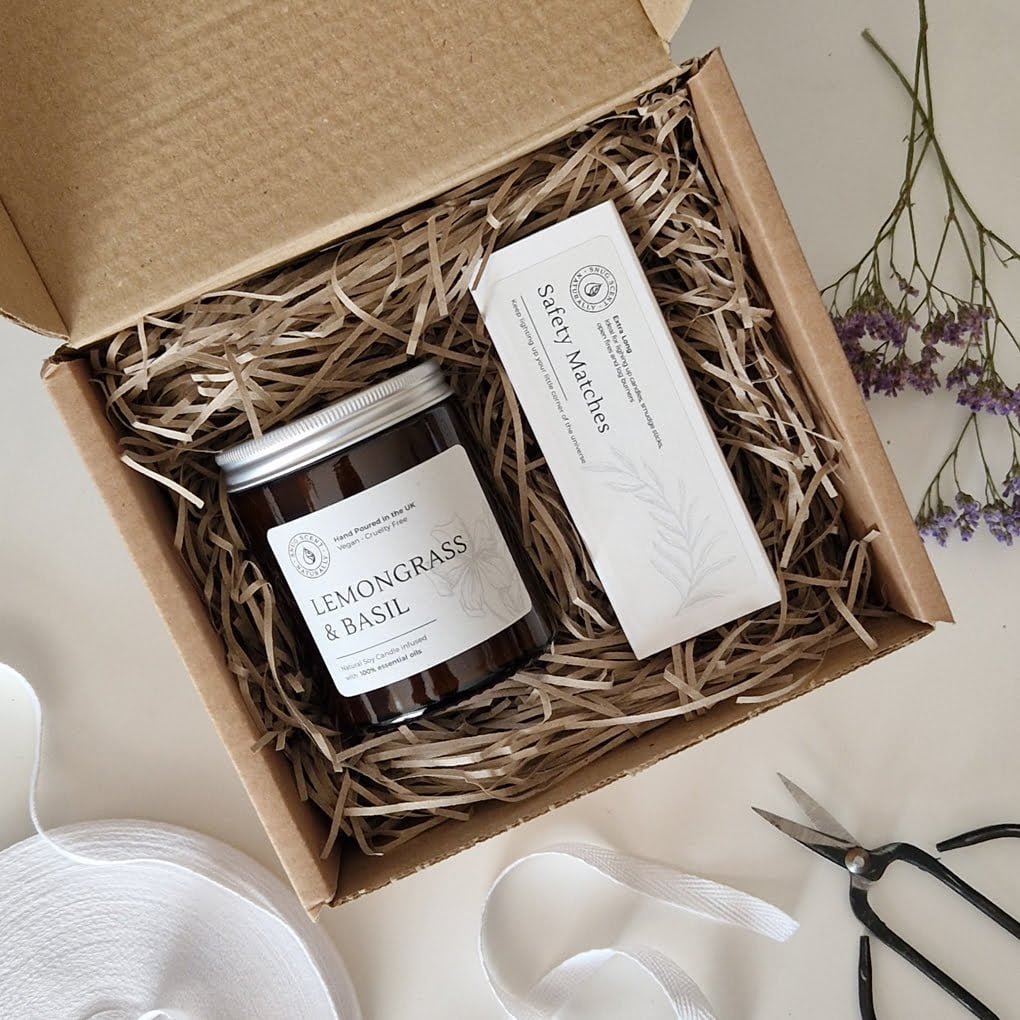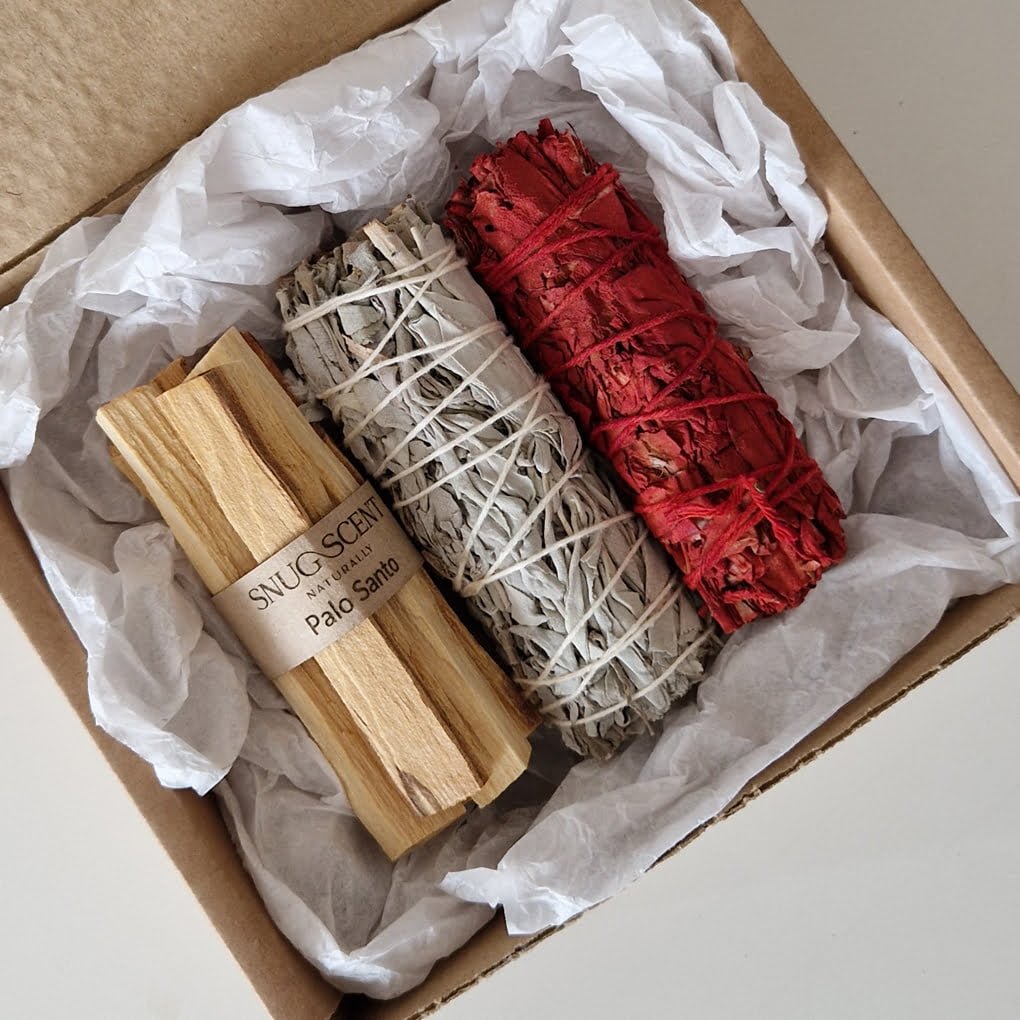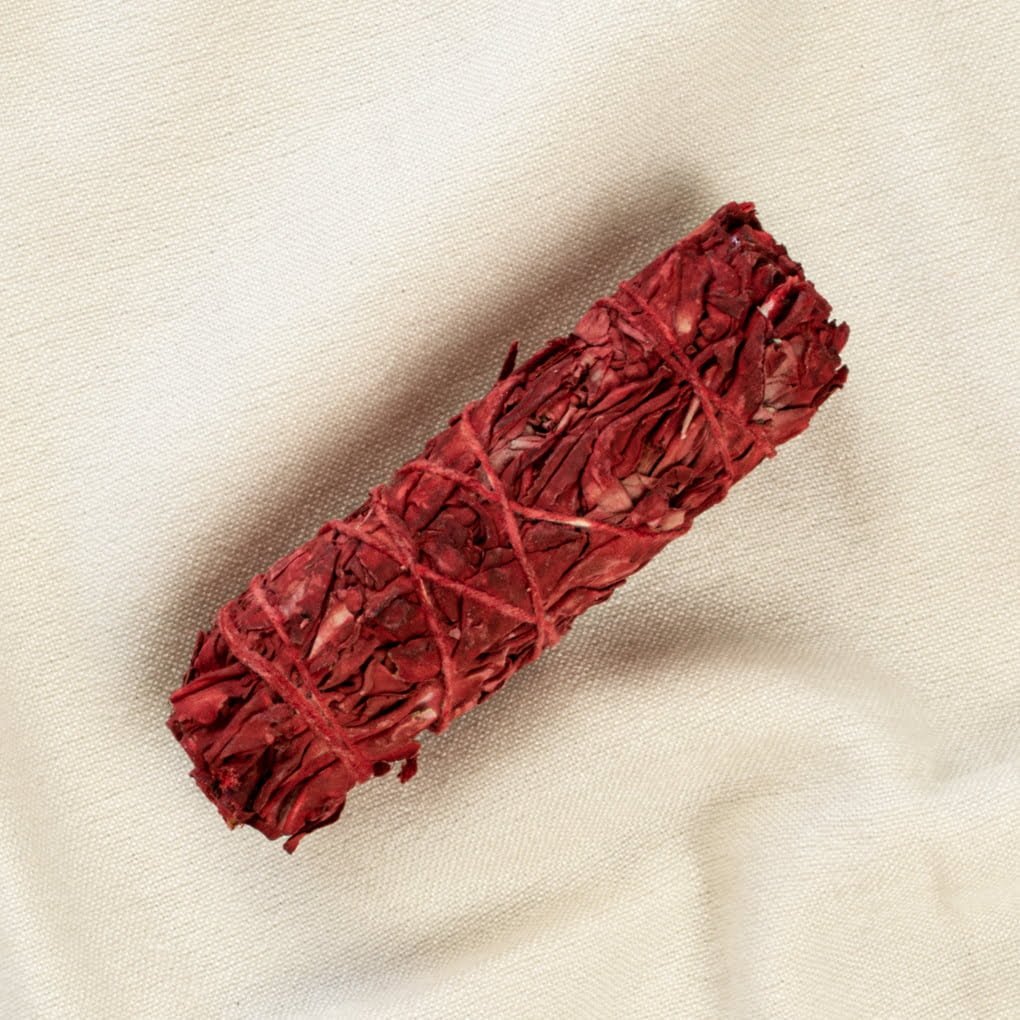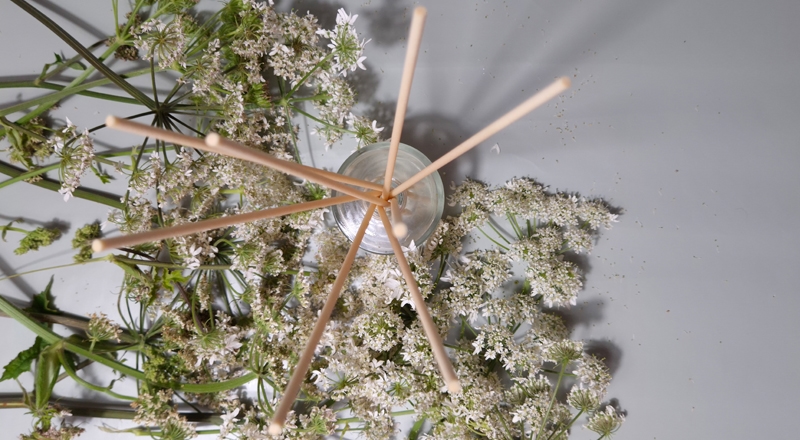About Reed Diffusers
Reed Diffuser Types Explained: Advantages and Drawbacks
Reed diffusers have gained popularity as an elegant, practical way to infuse your home with delightful fragrances without the need for heat or electricity. If you’re exploring ways to elevate your space with natural scents, this guide will walk you through everything you need to know about different reed diffuser types.
Although we specialise in making natural reed diffusers, we thought it would be helpful to walk you through different types of reed diffusers without any biases. Let’s dig in…
Table of Contents
What are Reed Diffusers?
Reed diffusers are home fragrance devices that disperse scent into the air via reeds placed in a bottle of scented oil. Unlike candles, reed diffusers don’t require flames or heat, making them a safer, low-maintenance option for long-lasting fragrance.
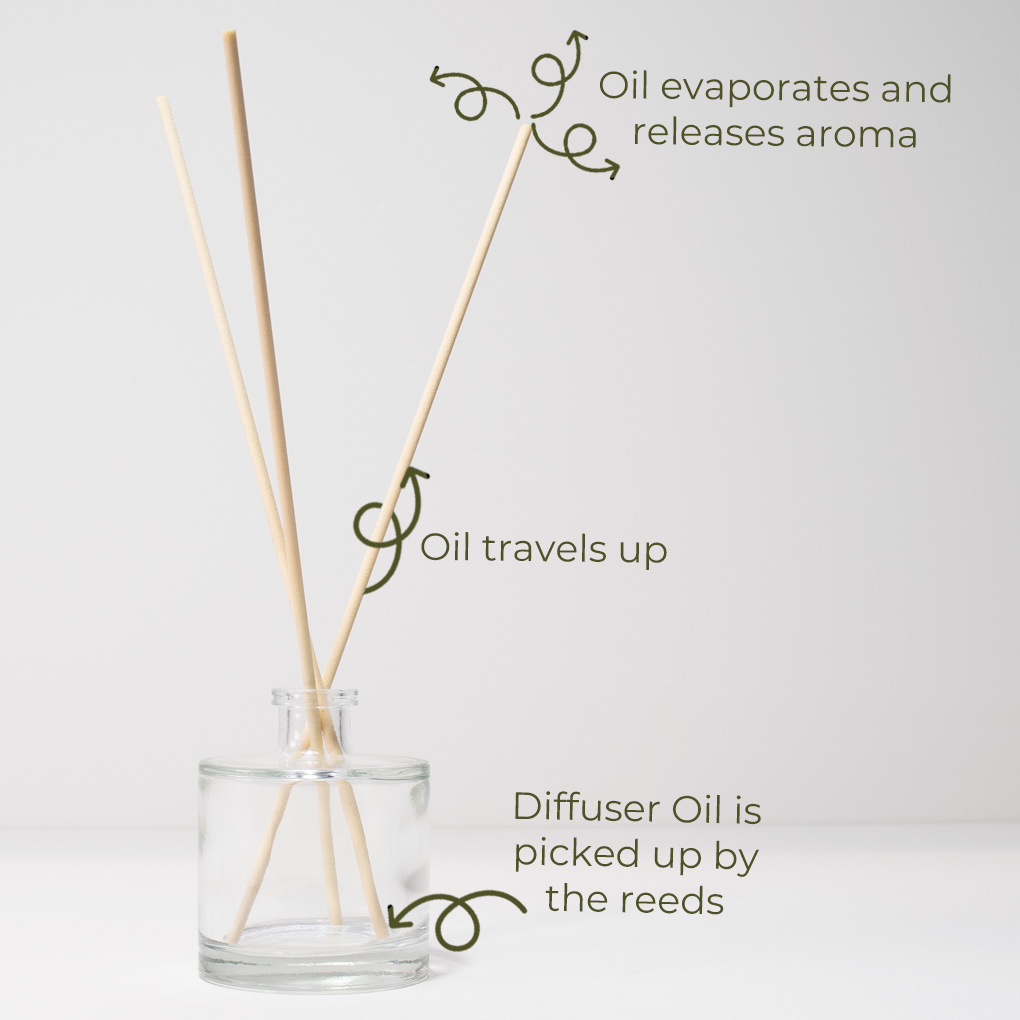
Why Choose a Reed Diffuser?
- No Flame or Heat: Ideal for homes with children or pets.
- Long-Lasting Fragrance: Continuous scent diffusion without any intervention.
- Variety of Scents: Choose from natural, botanical, or synthetic fragrances.
- Eco-Friendly Options: Natural reed diffusers often use non-toxic, sustainable ingredients.
Types of Reed Diffusers
Reed diffusers come in a variety of types, each with its own unique benefits. Some types may overlap or even have different names for the same concept. Let’s explore these options to help you find the perfect match for your preferences.
Conventional Reed Diffuser
Conventional reed diffusers are widely available and often found in large retail stores. They are usually made with synthetic fragrances and sometimes include alcohol as a base, which allows for a strong and long-lasting scent. These diffusers can provide a continuous fragrance without needing frequent refills, making them a convenient choice for busy households. Conventional diffusers can also be more affordable than some natural or organic options, making them appealing to those looking for an inexpensive home fragrance solution.
- Pros:
- The synthetic components in conventional reed diffusers often make them long-lasting and readily available;
- You can find these in a variety of scents to suit different preferences;
- Conventional diffusers offer a strong fragrance throw at first.
- Cons:
- These diffusers often contain artificial ingredients that may not be suitable for everyone, especially for people with allergies or sensitivities to synthetic fragrances.
- The presence of alcohol can sometimes lead to faster evaporation, meaning the scent may be intense at first but fade quicker than expected.
Natural Reed Diffuser
Natural reed diffusers are crafted from ingredients sourced directly from nature, focusing on plant-based and non-toxic components. They’re a popular choice for people who want a gentle, eco-friendly way to fragrance their homes. By avoiding synthetic chemicals and additives, natural reed diffusers appeal to those who value clean air quality, especially in spaces where children or pets are present. These diffusers incorporate essential oils or other natural extracts, allowing for a more authentic scent that is subtle yet refreshing. Many natural reed diffusers also come in biodegradable packaging, adding to their environmental appeal.
- Pros:
- Natural reed diffusers are safe for indoor air quality.
- They contribute to a healthier environment at home and align with sustainable and eco-conscious values, which are important to many consumers today.
- Cons:
- The lack of synthetic preservatives means these diffusers may have a shorter shelf life than synthetic ones.
- The scent of lower-quality natural diffusers may fade faster, requiring more frequent refills to maintain the desired aroma.
- The term “natural” is often overused—even synthetic diffusers can be labelled this way if they contain just a single natural ingredient. For instance, a diffuser may claim to be “With Natural Essential Oils” when, in reality, only a few of its ingredients are actually essential oils.
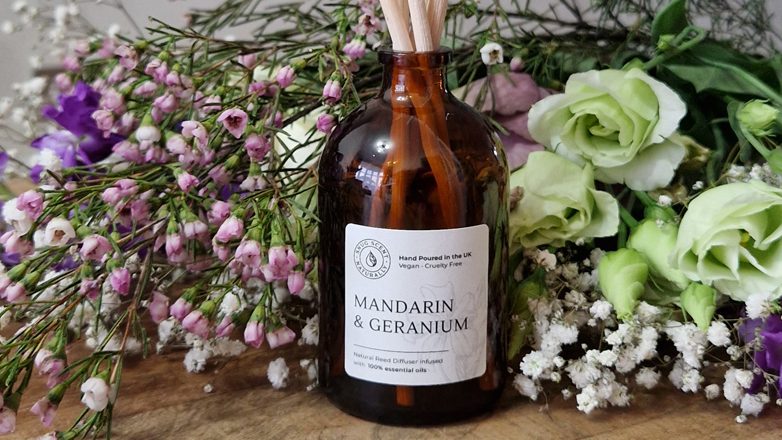
Organic Reed Diffuser
Organic reed diffusers are designed for the health-conscious and environmentally mindful consumer. These diffusers can also be classified as Natural Reed Diffusers because they use natural and organic ingredients.
Made from certified organic oils and naturally derived carrier bases, they offer a non-toxic fragrance option that’s free from pesticides and artificial additives. For those who value purity, organic reed diffusers provide peace of mind, knowing that their choice is free from harmful chemicals. The use of organic materials often makes these diffusers biodegradable and kinder to the environment. Their packaging is typically eco-friendly, aligning with a holistic approach to sustainability.
Please note that for a product to be labelled as “organic,” organic reed diffusers must display recognised symbols and be certified by third-party certification bodies, ensuring they meet strict organic standards.
- Pros:
- Organic reed diffusers are completely chemical-free, making them a healthier option for home fragrance.
- They support a cleaner environment, and many brands ensure that even the packaging is sustainable, from recyclable bottles to biodegradable materials.
- Cons:
- The certification and sourcing of organic ingredients often lead to a higher price tag. Many small brands don’t certify their products due to the cost of the certification process.
- While organic options are premium quality, the initial cost may be prohibitive for some buyers.
- Additionally, their fragrance may not last as long without synthetic fixatives.
Botanical Reed Diffuser
Botanical reed diffusers stand out for their fresh, plant-inspired scents. These diffusers are usually made with plant-based oils and may include floral or herbal elements like lavender, eucalyptus, or citrus. They create a natural scent profile that feels fresh, light, and reminiscent of a garden in bloom. Botanical diffusers are perfect for people who enjoy subtle fragrances that evoke the calmness of nature. Many people appreciate botanical diffusers for their gentle scents that are less overpowering than some synthetic options.
You may have noticed that “botanical reed diffusers” sounds identical to “natural reed diffusers”—and that’s because they are, in fact, the same. By definition, “botanical” refers to anything derived from plants or related to plant science, so botanical simply means natural. However, some brands overuse the term botanical to promote synthetic diffusers.
- Pros:
- Botanical reed diffusers offer natural scents that bring the outdoors in, creating a calming and inviting atmosphere.
- They’re also a great choice for people who want a light, refreshing scent that doesn’t dominate a room.
- Cons:
- Botanical scents tend to be more delicate and may fade faster than synthetic options, requiring regular replacement or topping up to maintain their fragrance.
- Additionally, they may be limited in scent variety compared to conventional options.
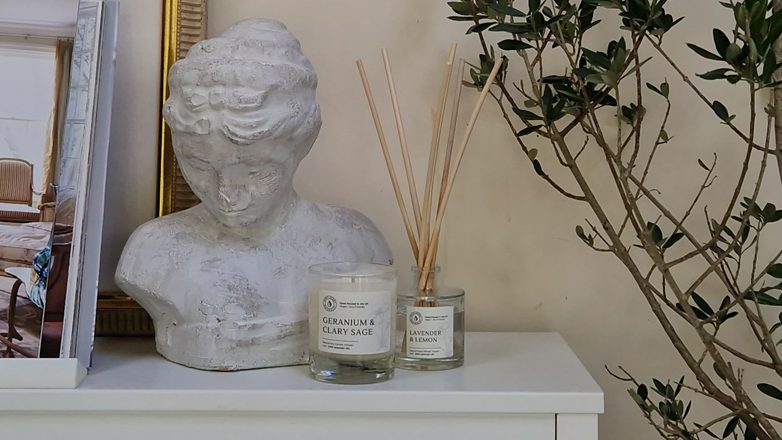
Aromatherapy Reed Diffuser
Aromatherapy reed diffusers are designed to enhance well-being through aromatherapy. Different scents help these diffusers promote relaxation, energy, or improved focus. Many people use aromatherapy diffusers as part of a wellness routine, enjoying the gentle diffusion of essential oils that fill a room with a sense of calm or invigoration. Popular with aromatherapy practitioners, these diffusers can help create a personal sanctuary within any room.
Depending on your beliefs, aromatherapy diffusers can be natural, synthetic, or even a mixture. However, aromatherapists generally search for essential oil reed diffusers made with a natural diffuser base and natural oils.
- Pros:
- Aromatherapy reed diffusers can improve mood and support relaxation, focus, or energy based on the essential oils used.
- They’re a favourite among wellness enthusiasts and those looking to incorporate holistic practices into their daily lives.
- Cons:
- Essential oils can be pricey, so these diffusers are sometimes more costly than standard options.
- Not all essential oils are safe for pets or young children, which may limit where you can use them in your home.
Essential Oil Reed Diffuser
Essential oil reed diffusers are popular for two main reasons: their natural, chemical-free fragrances and potential therapeutic benefits. Depending on the end goal, essential oil reed diffusers can be mixed with natural or synthetic bases.
Many people are drawn to these diffusers simply for the clean, authentic aroma of plant-based oils like lavender, eucalyptus, or peppermint, which fill a room with gentle, natural scents. Essential oil reed diffusers also offer potential therapeutic effects for those seeking an additional wellness element. However, this aspect closely relates to aromatherapy reed diffusers, which focus specifically on well-being.
Overall, essential oil reed diffusers are a versatile choice for anyone looking to enjoy the pure essence of nature in their home.
- Pros:
- Provide natural, non-toxic fragrance without synthetic chemicals.
- Ideal for enhancing spaces with subtle, botanical scents.
- Cons:
- Essential oils may fade more quickly than synthetic options and can be more sensitive to sunlight or heat, which may affect longevity.
Luxury Reed Diffuser
Luxury reed diffusers are often more about appearance and unique scents than ingredients; some luxury and very expensive diffusers contain chemical compounds that are harmful to humans and cause headaches and nausea.
These diffusers usually come in sleek, elegant packaging and feature sophisticated, allegedly high-end, but sometimes cheap synthetic scents. Designed to look premium and have unique fragrance blends, they’re meant to be both a home fragrance and a decorative piece. Luxury diffusers make excellent gifts, adding a touch of elegance to any space. Brands may use unique scent profiles created by perfumers, giving exclusivity to the diffuser.
- Pros:
- Luxury reed diffusers offer scents that are typically unique and well-balanced, adding a touch of refinement to any room.
- The attractive design also makes them ideal for personal use or gifting, adding elegance to your decor.
- Cons:
- The premium look and unique scents come with a higher price tag.
- While luxury diffusers offer a lasting fragrance, they may not fit budget-conscious shoppers best.
Cruelty-Free and/or Vegan Reed Diffuser
Cruelty-free, as well as vegan reed diffusers, are crafted without animal-derived ingredients, making them a great option for those who support cruelty-free and vegan lifestyles. These diffusers are not only free from animal products but are also created without animal testing, aligning with ethical values.
Please note that nearly all chemical substances (remember, even water is a chemical compound) have been historically tested on animals. Therefore, when assessing reed diffusers nowadays, historical data is often used to determine potential risks and put them on CLPs.
Vegan reed diffusers can be made from natural or synthetic materials, giving you a range of options to match your preferences. Natural vegan diffusers use only plant-based oils and materials, while synthetic ones can recreate unique scents, like bubble gum or oud, without any animal ingredients. This flexibility provides eco-friendly, cruelty-free fragrances for every style and setting. Plus, many vegan diffusers support sustainability by using recyclable or biodegradable packaging.
- Pros:
- Vegan reed diffusers cater to those who value cruelty-free products, and they support a lifestyle that avoids animal products.
- Such diffusers are more often made with natural ingredients, which can be healthier for indoor air quality.
- Cons:
- Vegan reed diffusers can be more expensive due to the careful sourcing of ingredients.
To sum up the types
You might have noticed that there are two largest types of reed diffusers: Natural and Synthetic, that then are classified by their purpose, materials and features. Let’s sum everything up:
- Conventional Reed Diffuser: can be natural and synthetic.
- Natural Reed Diffuser: can only be natural.
- Organic Reed Diffuser: can only be natural.
- Botanical Reed Diffuser: same as natural, so can only be natural.
- Aromatherapy Reed Diffuser: It should only be natural, but it depends on beliefs.
- Essential Oil Reed Diffusers: can be natural and synthetic.
- Luxury Reed Diffusers: can be natural and synthetic, but “luxury” usually depends on appearance.
Types of Bases in Reed Diffusers
The base, or carrier, in reed diffusers, is essential to the diffusion process. Each type of base has specific characteristics that influence the scent throw and longevity of the fragrance.
| Base Type | Description | Pros | Cons |
|---|---|---|---|
| Natural | Derived from plant-based sources like glycerine, these bases are typically biodegradable. | Eco-friendly, safe | May evaporate more slowly |
| Synthetic | Man-made carriers that can enhance scent strength and longevity. | Long-lasting, stable | Often contains artificial elements |
| Alcohol-Based | Alcohol is commonly used as it evaporates quickly, aiding scent throw. | Strong scent diffusion | Can dry out more quickly |
| Combination Base | A blend of natural and synthetic ingredients for balanced longevity and scent throw. | Customisable, varied scent throw | May not appeal to natural purists |
Natural Bases
Natural bases come from plant-derived sources and are free from synthetic chemicals, making them a great choice for those who prioritise eco-friendly, non-toxic products. A popular natural base is vegetable glycerin, a biodegradable, gentle option that’s often paired with essential oil blends to create a soft, lingering fragrance. Another example is coconut oil-based diffusers, which have a smooth, light texture and effectively carry the fragrance without overpowering.
Natural bases are ideal for creating a subtle, calming atmosphere, but because they lack preservatives, they can evaporate more slowly and require more frequent refills. These bases are especially suitable for people looking to maintain indoor air quality and use gentle, pet-safe fragrance options.
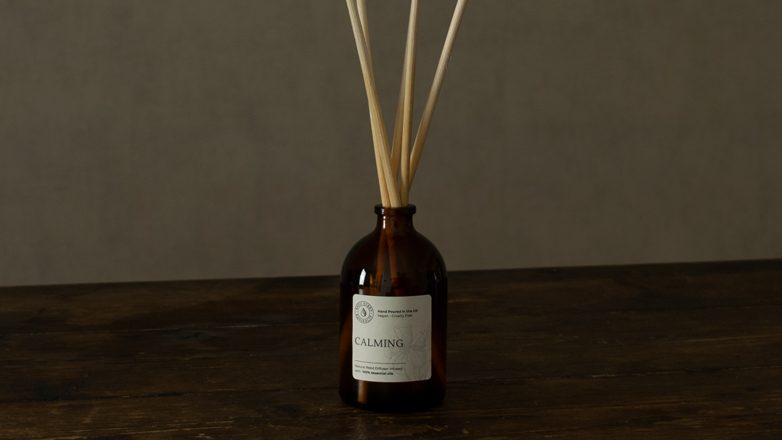
Synthetic Bases
Synthetic bases are formulated in labs to provide a stable, consistent scent throw. They often include stabilisers and preservatives, which help the fragrance last longer and give it a stronger diffusion. Dipropylene glycol (DPG) is a common synthetic base used in diffusers due to its ability to hold fragrance oils well and ensure a prolonged scent throw. Another example is propylene glycol, which is known for creating a strong, enduring fragrance ideal for large spaces.
Synthetic bases are low-maintenance, as they don’t need frequent refilling, but they may contain artificial chemicals that some people prefer to avoid. They’re a good choice for those seeking a powerful fragrance but may be overwhelming to individuals sensitive to synthetic ingredients.
Alcohol-Based Bases
Alcohol-based carriers are widely used in reed diffusers because of their quick evaporation rate, which aids in effective scent diffusion. Ethanol is a common alcohol base, often derived from grain or sugar, and is used to give a fast-acting, noticeable scent throw that’s well-suited for open or larger areas. Another example is isopropyl alcohol.
Isopropyl alcohol is derived from crude oil. It’s effective at dispersing fragrance but can be harsher if used in high concentrations.
These bases can produce a stronger scent compared to other options, making them ideal for those who want an immediate fragrance impact. However, alcohol can evaporate quickly, which may lead to the need for more frequent refills. Some people also find alcohol-based diffusers too intense, especially in small or enclosed spaces.
Combination Bases
Combination bases incorporate both natural and synthetic ingredients, offering a balanced scent throw and fragrance duration. A blend of vegetable glycerin with dipropylene glycol is a popular combination that provides the eco-friendly, gentle quality of glycerin with the longevity and stability of synthetic DPG.
Another effective blend is alcohol and glycol-based mixtures, which combine quick scent diffusion with lasting fragrance effects, suitable for medium to large spaces.
These mixed bases appeal to users seeking a versatile option that balances eco-friendliness with a more extended scent throw. However, because of their mixed composition, combination bases may not be the first choice for those strictly preferring all-natural or all-synthetic products.
Fragrance Types in Reed Diffusers
Choosing the right fragrance is crucial, as it defines the ambience of your space. Here’s a look at different fragrance types found in reed diffusers.
The fragrance in a reed diffuser plays a central role in setting the mood and feel of a room. Choosing the right fragrance type not only defines the ambience but also influences the overall impact of the scent—whether it’s soft and natural, bold and synthetic, or a balance of both. Here’s an overview of the different fragrance types used in reed diffusers.
Natural Oils
Natural oils are derived from plant-based sources and include essential oils, macerates, and extracts. These oils capture the pure scent of plants, bringing authentic and subtle aromas into your space. Natural oils are especially popular for their aromatherapeutic benefits, like promoting relaxation or focus. For example, lavender and eucalyptus oils are used for calm, while citrus oils can energise and refresh. Natural oils tend to create a gentle, lingering scent that’s ideal for smaller spaces or people who prefer a softer fragrance.
Natural oil based fragrances are widely used in luxury SPAs, hotels, and other establishments to promote relaxation, well-being, and self-care.
There are two types of natural oils:
- Essential Oils: Essential oils are highly concentrated plant extracts known for their natural healing properties. They’re commonly used in aromatherapy reed diffusers to enhance mental well-being, relieve stress, or improve focus.
- Macerates and Extracts: These are softer, more earthy scents from flowers or herbs, adding complexity and depth to natural reed diffusers. Macerates often contain subtle botanical notes, ideal for those wanting a more understated aroma.
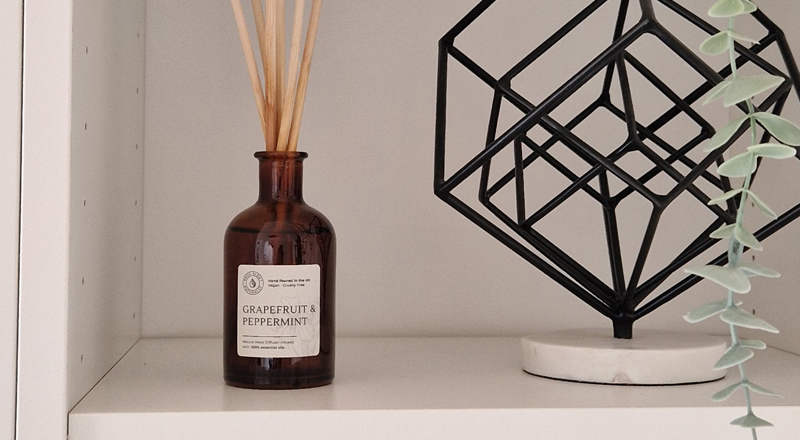
Synthetic Fragrances
Synthetic fragrances are lab-created scents that offer endless possibilities in terms of aroma. They can mimic natural scents, such as vanilla or sandalwood, or create completely unique fragrances that can’t be found in nature, such as baby powder or clean cotton. Synthetic fragrances are more stable than natural oils, making them a great choice for anyone looking for a strong, long-lasting scent that can fill larger spaces. They also allow for creative scent combinations that are hard to achieve with natural oils alone.
Combination of Both
A blend of natural and synthetic fragrances offers the best of both worlds, creating balanced scents that are both long-lasting and nature-inspired. This combination allows for the creation of complex fragrances that balance the unique characteristics of natural oils with the stability and consistency of synthetic notes.
By incorporating both elements, combination fragrances can achieve a scent throw and longevity that purely natural oils may struggle with while still including some of the grounding, botanical feel of plant-based extracts.
Types of Reeds
The type of reed or diffuser stick is crucial to how well and how quickly fragrance is dispersed in a room. The material and structure of the reeds determine how effectively they wick and release scent, which can significantly impact the diffuser’s performance.
Usually, when describing the type of the reed diffuser, reeds play a smaller role because their job is just to deliver the scent.
Bamboo Reeds
Bamboo reeds are made from natural bamboo, giving them a clean, simple look that complements a natural aesthetic. Lightweight and eco-friendly, bamboo reeds are ideal for minimalists or those who want a subtle, gentle fragrance in their space.
Bamboo reeds are commonly used in diffusers containing synthetic fragrances and alcohol-based carriers because these materials can penetrate and travel through bamboo more effectively. Bamboo is a solid material with limited absorption capabilities, which means natural bases and essential oils often struggle to penetrate the reeds, resulting in minimal scent release.
Although bamboo reeds have a natural look and feel, their scent diffusion abilities are generally less efficient than other reed types, making them best suited for synthetic-based diffusers in spaces where a light, decorative fragrance is desired.
Natural Rattan Reeds
Rattan reeds are a popular choice for reed diffusers, largely due to their unique hollow stems that allow oil to travel upward and disperse fragrance more effectively. Each reed contains tiny, natural channels that work to draw the oil steadily, creating a consistent release of scent into the air. This structure allows rattan reeds to deliver a more reliable scent than solid reeds like bamboo.
Natural carrier oils travel through rattan reeds better than they do through bamboo, though the scent remains quite subtle. Rattan reeds work best with synthetic or alcohol-based carrier oils, as these solutions wick up the reeds more efficiently, allowing for a bolder, more noticeable fragrance.
Due to their effective wicking ability and appealing natural appearance, rattan reeds are often preferred for their functionality and aesthetics. Their versatile look complements various home décor styles, and their steady scent diffusion makes them ideal for creating a continuous, ambient fragrance in a room.
Fibre Reeds
Fibre reeds are created from synthetic materials and are designed to provide a strong, even fragrance distribution. Unlike natural reeds, fibre reeds are engineered to avoid clogging, so they maintain a consistent scent throw over time. Fibre reeds are a great choice if you’re looking for a bold, long-lasting aroma. They also come in various colours, allowing you to customise your diffuser’s look to match your home décor. Fibre reeds are best for those who want a reliable, potent fragrance without frequent reed flipping.
Fibre reeds work great with natural and synthetic diffusers, but synthetic ones require fewer reeds in the bottle due to their stronger scent.
Comparing Reed Diffusers with Other Home Fragrance Options
Reed diffusers are just one option in a diverse world of home fragrances. Here’s a quick comparison with other common home fragrance options:
| Home Fragrance Type | Description | Pros | Cons |
|---|---|---|---|
| Reed Diffusers | Disperses scent via reeds in fragrance oil | Long-lasting, flame-free | Scent intensity may vary |
| Candles | Burns scented wax to release fragrance | Strong scent, ambient lighting | Requires flame; limited burn time |
| Room Sprays | Directly spritz fragrance into the air | Instant fragrance boost | Short-lived scent |
| Wax Melts | Uses a warmer to melt scented wax | Customisable scent throw, reusable, strong and short fragrance | Requires a warmer |
Benefits of Reed Diffusers
Reed diffusers offer numerous advantages for creating a pleasant environment at home or work. Some of the benefits include:
- Continuous Fragrance: No need to remember to turn it on or off.
- Safe and Flame-Free: Suitable for any space, without the risk associated with open flames.
- Low Maintenance: Unlike candles, reed diffusers require little upkeep.
- Eco-Friendly Options Available: For the environmentally conscious, many reed diffusers use natural or organic ingredients.
How to Choose the Right Reed Diffuser for Your Space
Selecting a reed diffuser depends on your personal preferences and the space you’re trying to scent. Here are some key points to consider:
- Scent Strength: For larger spaces, choose a reed diffuser with strong scent throw, such as those with alcohol bases or fibre reeds.
- Room Size: Smaller spaces may only require a subtle fragrance, so natural reed diffusers may be more appropriate.
- Sustainability: If eco-friendly practices are essential, look for organic or botanical reed diffusers.
- Lifestyle Fit: If you prefer low-maintenance, continuous fragrance, reed diffusers are a great alternative to candles or sprays.
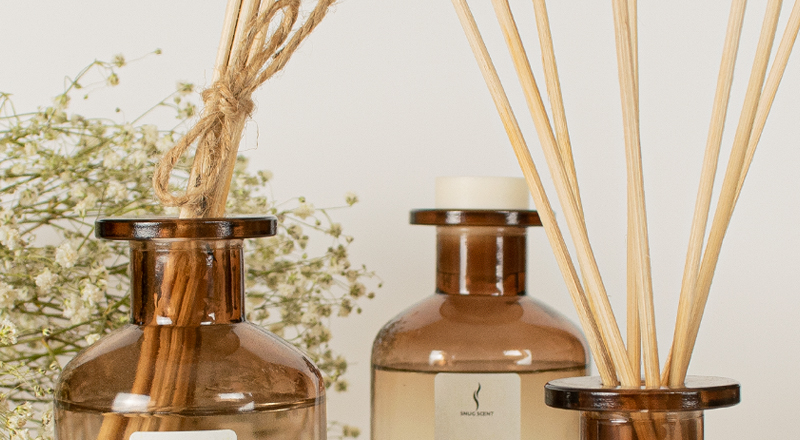
How to Use a Reed Diffuser Effectively
Getting the most out of your reed diffuser requires a few simple steps:
- Choose the Right Spot: Place your diffuser in a high-traffic area for maximum scent dispersion.
- Flip the Reeds Regularly: For a stronger fragrance, flip the reeds every few days.
- Keep Away from Direct Sunlight: Avoid placing it in direct sunlight, as this can degrade the oils.
Reed Diffuser Maintenance Tips
To ensure your reed diffuser performs well and lasts as long as possible, follow these maintenance tips:
- Avoid Overcrowding Reeds: Too many reeds can make the scent overpowering or use up oil too quickly.
- Replace Reeds Periodically: Reeds can clog over time, so replace them every 2–3 months.
- Choose Quality Ingredients: Opt for high-quality oils and carriers to avoid unwanted chemicals or weakened scents.
Are Reed Diffusers Safe?
Reed diffusers are generally considered safe. However, it’s wise to check the ingredients, especially if you have allergies or sensitivities. Natural reed diffusers are an excellent choice for those seeking non-toxic home fragrance solutions.
Is a Reed Diffuser Right for You?
Reed diffusers are an excellent, flame-free option for those wanting a subtle yet continuous home fragrance. With so many types, carriers, and reeds to choose from, there’s a reed diffuser for nearly every need and preference. Consider what matters most to you – whether it’s sustainability, luxury, or therapeutic benefits – and find a reed diffuser that suits your lifestyle.
